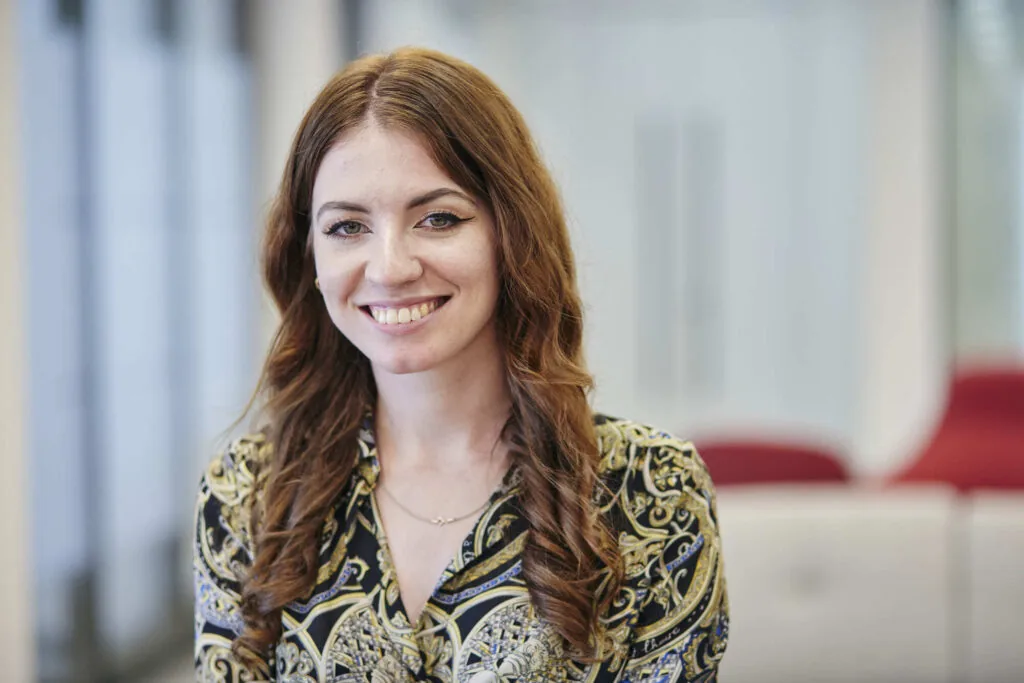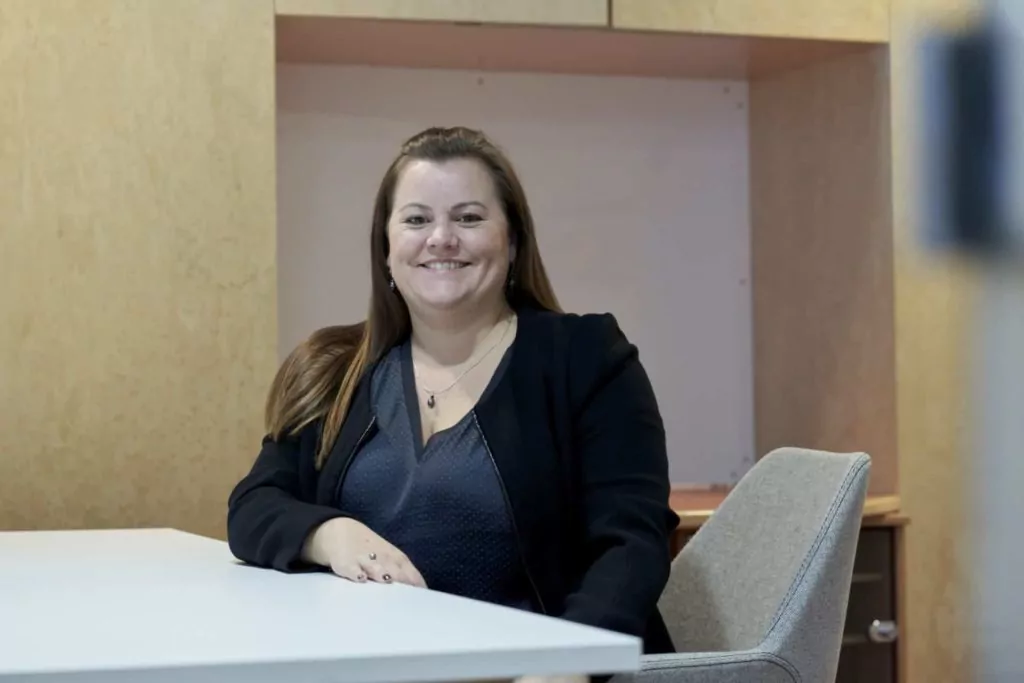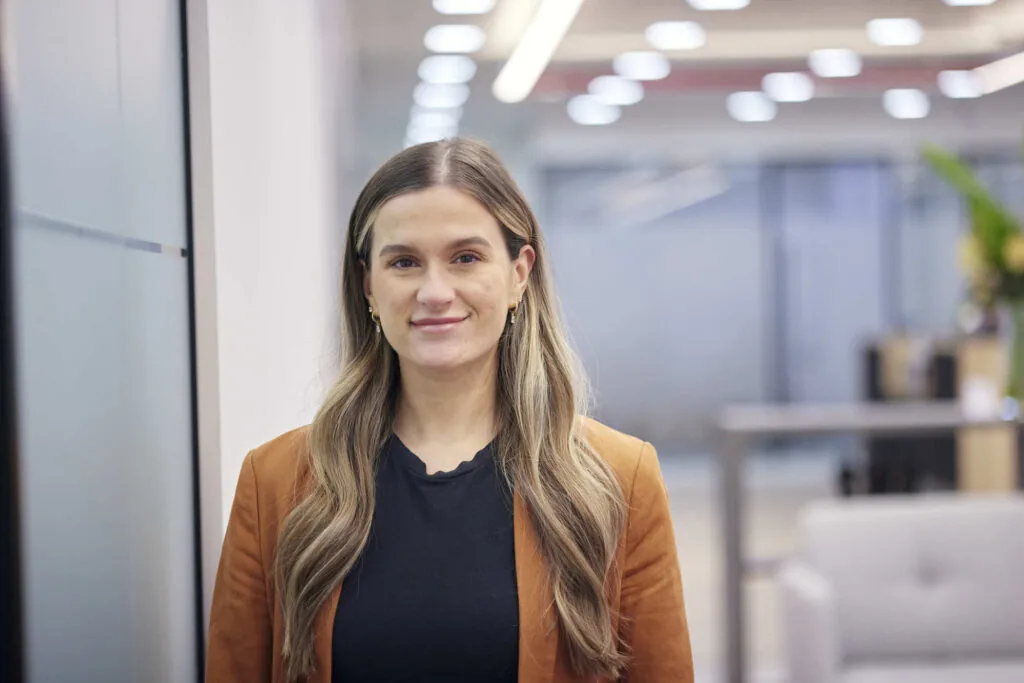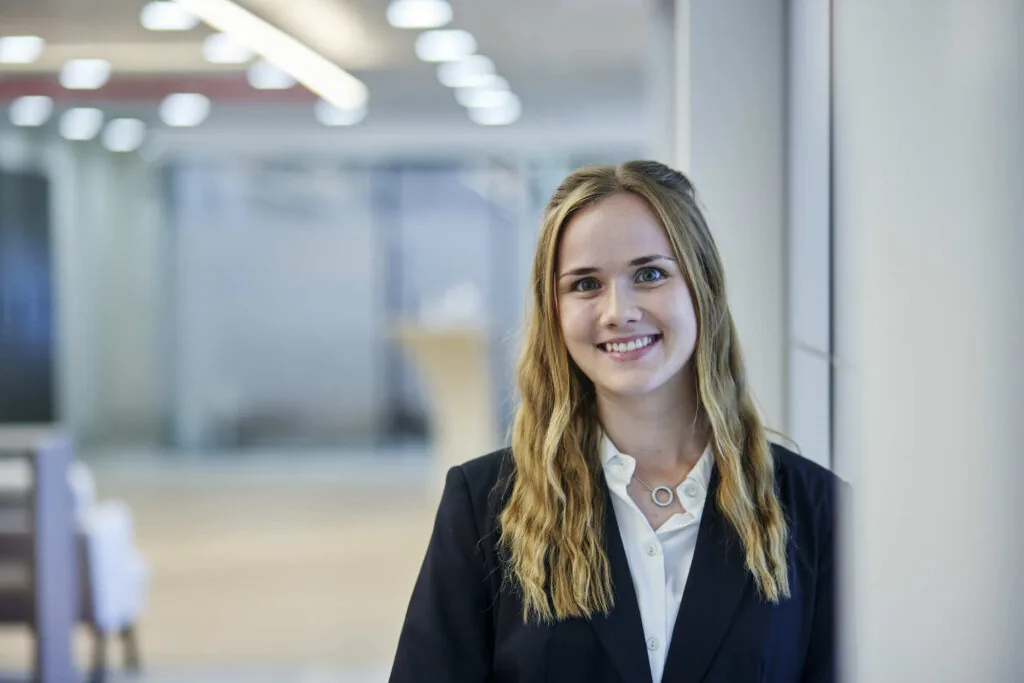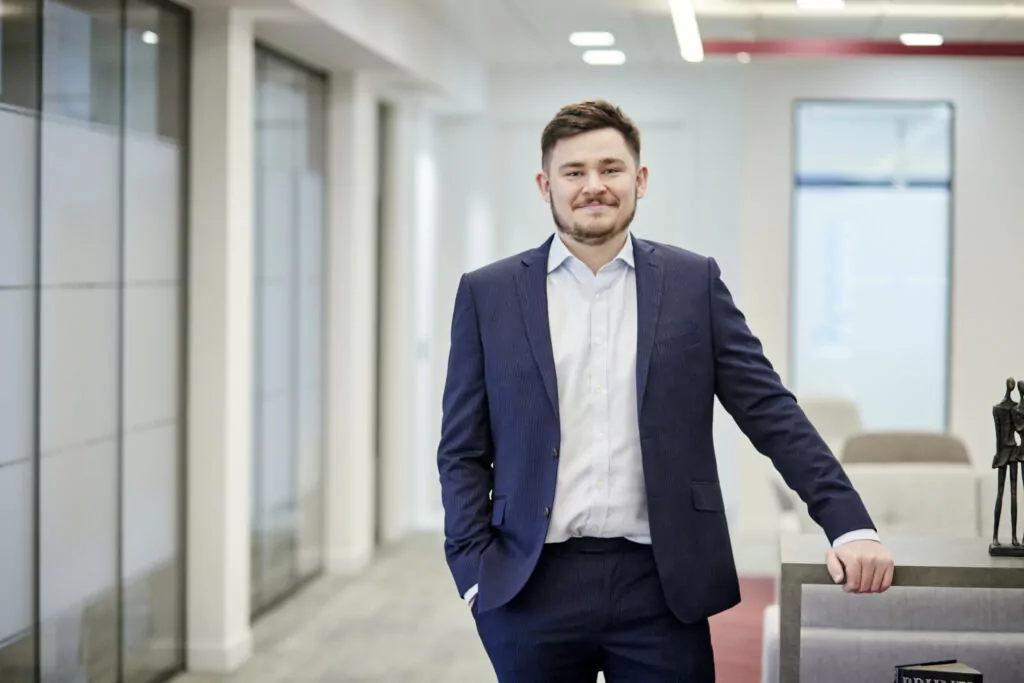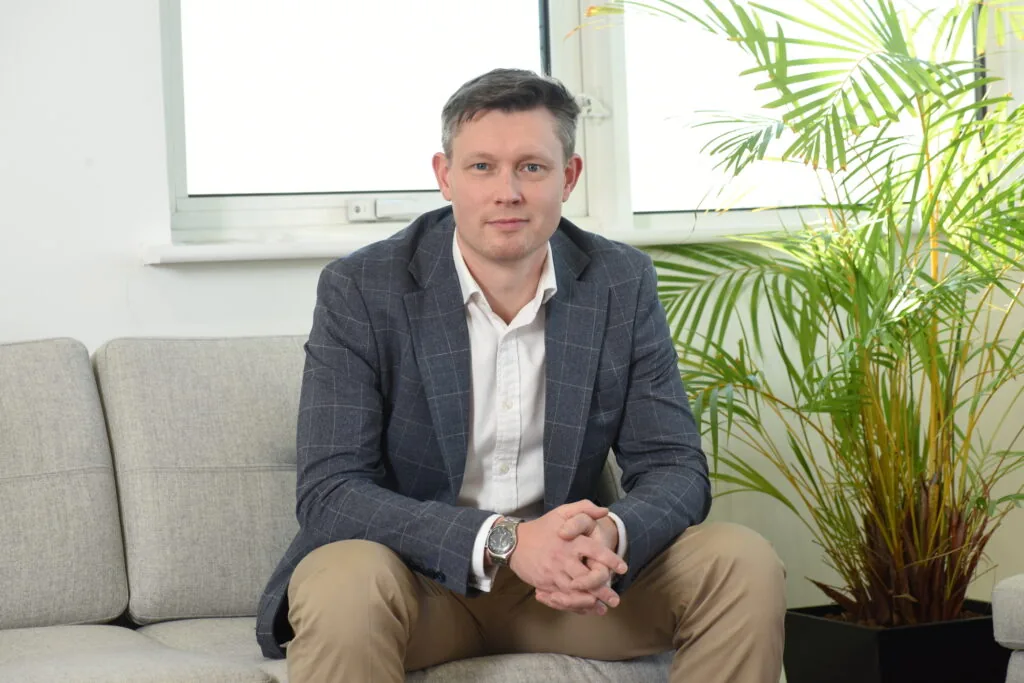

Sophie leads our Technology Adoption Team and drives a 'user first' agenda that connects our people to the technology they use. Sophie tells us a bit more about her role and what the International Women's Day these 'choose to challenge' means to her as a woman working in the traditionally male-dominated technology sector.
What drew you to technology adoption?
I graduated from Law School and spent an enjoyable 3 years lecturing Law & Business at Kingston University, obtaining my Post Grad qualification in Adult Learning in the process. I then worked at LexisNexis in London, designing and supporting the adoption of legal software in law firms. Wanting to be closer to my home in the South West, I joined Foot Anstey in 2017 where I feel very lucky to have found a career that leverages my background in law and technology and my natural desire to enable people to work smarter with technology. I aim to drive a more human, user centric approach to how we deliver technology within the firm. We have an opportunity to move beyond disconnected, traditional training methods towards an end-to-end, user-centric approach that supports a better end-user adoption of technology.
What does technology adoption involve?
Technology adoption and change management puts the focus on people and the way they need and want to work. A large part of my role involves understanding the problems, challenges and aspirations of end-users and clients, and get to know how they want to navigate and leverage technology. This feeds into what we need the technology to achieve and how we optimise the value we derive from it. Using this approach, we can support the firm to prepare, plan for, and adopt new technology and new ways of working to ensure change is sustained and reinforced.
What is your proudest career moment?
One of my proudest moments has been to be shortlisted for Role Model of year at the upcoming Women in Tech Awards 2020. There were hundreds of nominations and to be shortlisted amongst a group of highly skilled and talented women in tech is very rewarding.
What does Choose to Challenge mean to you?
For me, this is a call to action to support woman to pursue parity and equality. For all genders to be given equal opportunities, equal pay and equal rights. My personal aspiration to ensure there is cognitive diversity in a team, women can bring new thinking and ideas to the industry such as empathy mapping at the early stages of technology implementation. Diversity delivers the ability to have more rounded conversations and greater team connectivity. We need this range of diversity when delivering technology projects to help us to solve problems and arrive at the best solutions.
What one piece of advice would you give to women who want to get into technology roles?
There has never been a better time for women to be part of the technology industry. The industry is realising the impact of diversity, both on the community at large and on companies' bottom line. Powered by advancements in computing and AI, there are now huge opportunities to solve interesting social problems at a global scale. This opportunity, combined with the momentum to build a diverse workforce, makes it a truly exciting time to be part of the industry.

